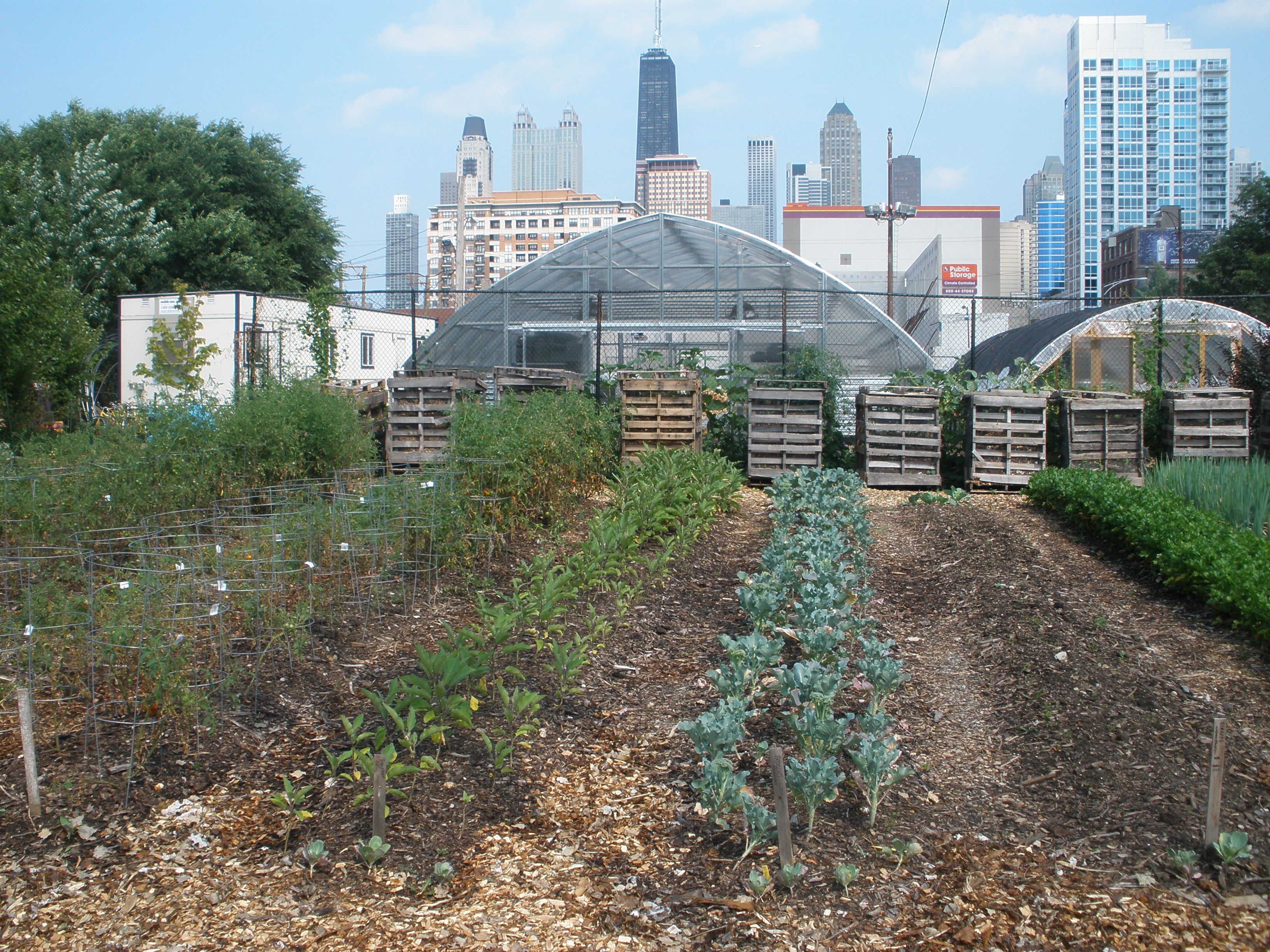For IA: Our topic under the umbrella of food insecurity is the existence of food deserts in both rural and urban areas within the U.S. andhow they compare and/or contrasts in their causes and potential solutions. This is different from other FIP groups who may have more of an international focus, but we hope you stick with us! We have compiled a list of resources in Educator Notes with important facts/ descriptions of the articles below the links. We have also provided some discussion questions for the end of the potential lesson.
For Media: Hello! We have provided links to resources for our lesson! Some articles include many gripping photos, infographics, and videos. Feel free to browse through our links and pull out whatever resources you see fit!
4.. ThinkProgress Report on Child Hunger
"The country’s largest cities have the largest raw numbers of food-insecure children, but children in rural communities are most likely to be food insecure. Forty-three percent of America’s counties are rural, but they make up almost two-thirds of counties with high rates of child food insecurity."
8.2 million Americans (17%) living in rural areas live below the federal poverty line.
Challenges facing rural areas differ from metro/urban areas in several significant ways:
- Employment is more concentrated in low-wage industries;
- Unemployment and underemployment are greater;
- Education levels are lower;
- Work-support services, such as flexible and affordable child care and public transportation, are less available;
- The rural marketplace offers less access to communication and transportation networks[ii]; and
- Offers companies less access to activities that foster administration, research, and development.
6. http://www.agchallenge2050.org/farm-and-food-policy/2016/03/food-insecurity-in-rural-america/
The 2015 MMG study found that rural counties are more likely to have high rates of food insecurity than non-rural counties. The average food-insecurity rate in 2013 for these “high food-insecurity rate” counties was 23%, compared to 15% among all U.S. counties. In other words, within these highest risk counties, nearly one in four residents struggled with hunger. Not only are these high food-insecurity rate counties more likely to be rural (54%) than either metropolitan (22%) or micropolitan (24%), but they are rural at a disproportionately higher percentage than the average U.S. county—54% versus 43%.
7. Food Insecurity in Rural America
This is a super cool infographic describing the differences in causes of rural/suburban/urban food insecurity!
8. Serving Food Solutions This video would be a great introduction to the whole topic as the producers interview various health professionals to define and discuss the topic of food insecurity. It only lasts two minutes.
9. Food Deserts in Minority Neighborhoods
(comparing communities with similar poverty rates... black and Hispanic neighborhoods have fewer large supermarkets and more small grocery stores than their white counterparts. Bursting with junk-food options, these smaller establishments rarely offer the healthy whole-grain foods, dairy products, or fresh fruits and veggies that a supermarket would provide)
10. 1 in 4 Baltimore Residents Live in a Food Desert
Baltimore City...residents must travel more than one-quarter of a mile to reach a supermarket... over 30 percent of households lack access to a vehicle; and the supply of healthy food is low
(The impact of the death of food stores is greatest for children. Researchers estimate that as many as one in three city youngsters live in food deserts, making it difficult for parents to provide the healthy diets... The disparities in access to nutritious foods translate into every other aspect of people's lives, from children's ability to excel in school to adult health problems such as asthma, hypertension, diabetes and heart disease
12. Baltimore City Dealing with Food Desert
Solutions for food deserts that are not run-of-the-mill grocery stores.
14. Why Eliminating Food Deserts Won't Close the Nutrition Gap
Grocery stores are not the total fix because there is a lack of knowledge, an entire cultural change that would need to take place, and marketing towards low-income people would need to be debunked or just eliminated/changed in general.
15. Association of supermarket characteristics with the body mass index of their shoppers
Negative association with grocery store distance and BMI when a grocery store is simply placed in a food desert area.
16. Are Food Deserts to Blame for America's Poor Eating Habits?
When it comes to food access, the focus should be on poverty, not grocery store location. The argument here parallels that of the Nobel Prize-winning economist Amartya Sen, who pointed out that the cause of starvation and death in famines is seldom a physical lack of sufficient food, but is instead the collapse of the incomes of the poor. Sen’s conclusion was that governments should focus on raising incomes if they wanted to stave off hunger, rather than stockpiling or distributing nutritious food.
There are good reasons to believe that the built environment does play an important role in obesity. But, as a Surgeon General’s report implies, that role may have more to do with how easy it is to walk to all daily destinations, not just the fresh-food aisle. It’s tempting to blame poor nutrition and obesity on a lack of access to healthy choices, but poverty and poor education are much stronger predictors.
17. Indian Wins Nobel Award in Economics
Article of Sen’s statements.
This link describes poverty and food insecurity in the Rio Grande Valley in Texas and also has some great pictures.
19. Hunger on the Pine Ridge Indian Reservation
This link is from a local South Dakota Newspaper describing the landscape of poverty and food insecurity among the Native American community in the nearby Pine Ridge Reservation.





